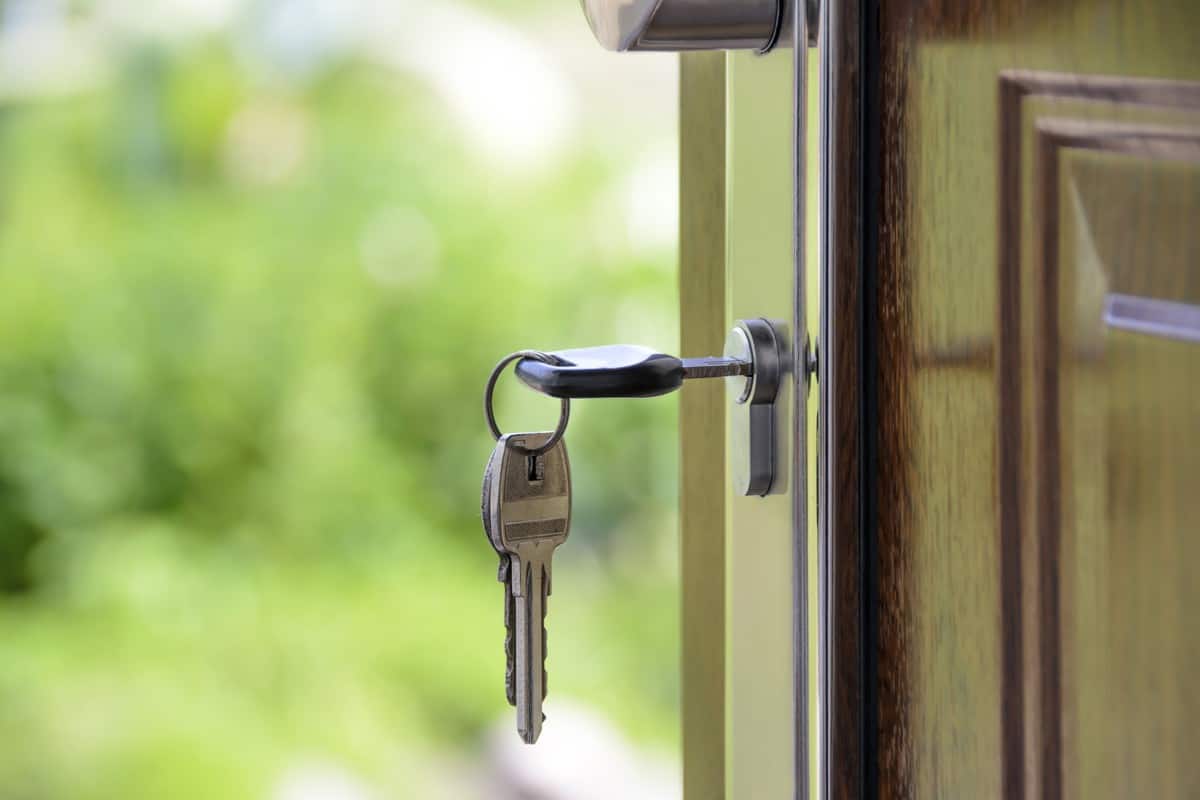Buying a house can be part of the American dream. Making that home purchase, especially as a first time home buyer, makes you feel like you are a successful adult who can put down roots and make lifelong memories in your home.
But for many, the purchase price of a new home feels out of reach. The idea of saving thousands of dollars for a down payment feels out of reach, even impossible.
So, how do so many achieve homeownership? How do others come up with enough money to put down for a down payment on a home? You might even be wondering, do I even need a down payment to buy a house? If so, how much should I be putting down?
Read on to learn what you need to know about how much you need for a minimum down payment and what type of loan works your financial situation so you can work towards the ultimate goal of homeownership.
Do I have to be a first-time homebuyer for a low- or no-down-payment mortgage?
While the golden rule of homebuying is to put a 20% down payment on a house, there are a number of down payment options available for first-time homebuyers that can help with a low down payment.
1. FHA Loans:
An FHA loan is backed through the Federal Housing Administration. This government program allows mortgages without the full 20% down payment.
FHA loans can be obtained with as little as 3.5% as the down payment. This means that for a $200,000 house you would only need $7,000 down payment. This compares to putting 20% down and needing a $40,000 down payment.
FHA loans require a minimum credit score of 580. FHA loans do not require a perfect credit history. They do require borrowers to:
- Have a debt to income ratio less than 43%
- Mortgage Insurance Premium
- Proof of income
Any home being purchased with an FHA loan must also meet the property standards established by the U.S. Department of Housing and Urban Development.
2. VA Loans:
Veterans can also get VA loans to buy a home. These loans are backed by the U.S. Department of Veteran Affairs.
VA loans allow veterans to buy a house with 0% down. Other benefits of this loan program include a cap on the amount that can be charged for closing costs. Closing costs can be paid by the seller as part of the purchase agreement too. Veterans affairs loans can also restrict or prevent broker fees.
As a veteran, the requirement would be to pay a funding fee. This fee is a percentage of the loan that is paid to the U.S. Department of Veteran Affairs. The fee helps to offset the cost covered by the American taxpayer in doing these loans for veterans.
3. USDA Loans
The U.S. Department of Agriculture also offers a loan program for low-income home buyers. It allows low-income people who live in rural parts of the country to buy a home with 0% down.
While the USDA loans don’t require the buyer to have any down payment, the property must meet the eligibility standards they have established.
4. Conventional Loans
There are several low down payment conventional mortgage options available through Fannie Mae and Freddie Mac. These conventional mortgages allow buyers to get a mortgage with as little as 5% down. The borrower must have good credit to be eligible for a loan with such a small down payment.
There are also some programs through Fannie Mae and Freddie Mac to get mortgages if they don’t have a credit history. They need to meet certain loan-to-value ratio guidelines.
So What About the 20% Rule?
Many other conventional loans through traditional lenders like banks or credit unions will require a higher down payment requirements, often following the 20% rule. Having said that, there are some real advantages to waiting to get 20% for a down payment. Homebuyers with 20% will:
- Have lower interest rates that are often better with more money down
- Pay less for the home because a smaller amount is being financed
- Be more competitive to get the house you want if the market is competitive
- Have more equity with the house from the beginning
- Have a lower monthly mortgage payment
You can also avoid paying private mortgage insurance or PMI. PMI is the insurance lenders require that you will pay off the loan when you have put down a smaller amount than 20%. The PMI can be a costly addition to the monthly mortgage payment.
As a potential homebuyer, you have to weigh out the time it might take to save a larger down payment compared to a loan that allows a smaller one. Consider you may also pay a higher interest rate if you put down less money for the home purchase.
Remember to also factor in closing costs. This will add to the amount of money you will need upfront unless your lender allows you to roll the closing costs into the loan.
Money to Put Down on Buying a House
Buying a house is a big financial commitment. Doing it in a prepared and organized way can help to ensure the possibility of successful homeownership.
If you are hoping to buy a house in the future, start to plan and save for how much you will need to put down on the home as part of the mortgage.
Check out our mortgage tools like a mortgage calculator and mortgage comparison tool to find the best mortgage for you and your circumstances.



